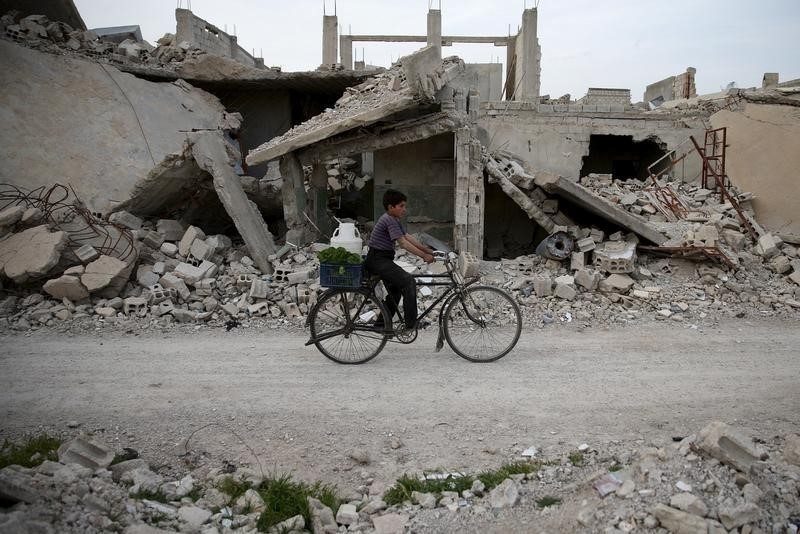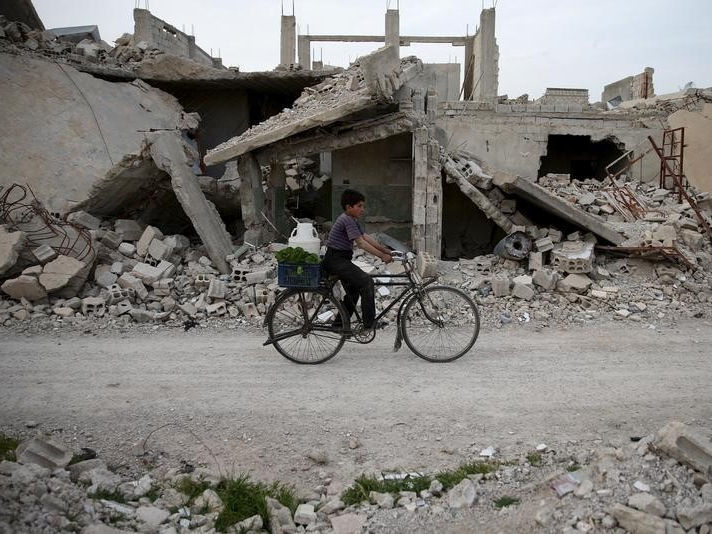In August, the Economist Intelligence Unit released a ranking of 140 of the most – and least – liveable cities in the world in 2017.
The index ranks cities worldwide by how “liveable” they are, awarding them points out of 100 according to factors such as stability, healthcare, culture/environment, education, and infrastructure.
Cities in Australia, New Zealand and Europe continue to dominate the top 10 most liveable cities – with Melbourne scoring top – while places in the Middle East, Africa and Asia – with the exception of the Ukraine’s Kiev – account for the worst.
“Although the top five cities remain unchanged, the past few years have seen increasing instability across the world, causing volatility in the scores of many cities,” the report said. “In Europe, cities have been affected by the spreading perceived threat of terrorism in the region.
“While not a new phenomenon, the frequency and spread of terrorism have increased noticeably and become even more prominent,” it added.
In total, 12 cities continued to occupy the very bottom tier of liveability, where ratings fall below 50% and most aspects of living are severely restricted.
The survey only addresses a selection of cities or business centres that people might want to live in or visit. It does not include places like Kabul in Afghanistan or Baghdad in Iraq, but does rank Damascus and Tripoli, which are unlikely to attract visitors but were deemed relatively stable just a few years ago.
Scroll down to see which were the 10 least liveable cities in 2017, according to the Economist Intelligence Unit's ranking.
10. Kiev, Ukraine — 47.8/100 points. Kiev is the also the only European city in the 12 that scored below 50 points.

9. Douala, Cameroon — 44/100 points. The city's healthcare scored particularly low, with just 25 points.
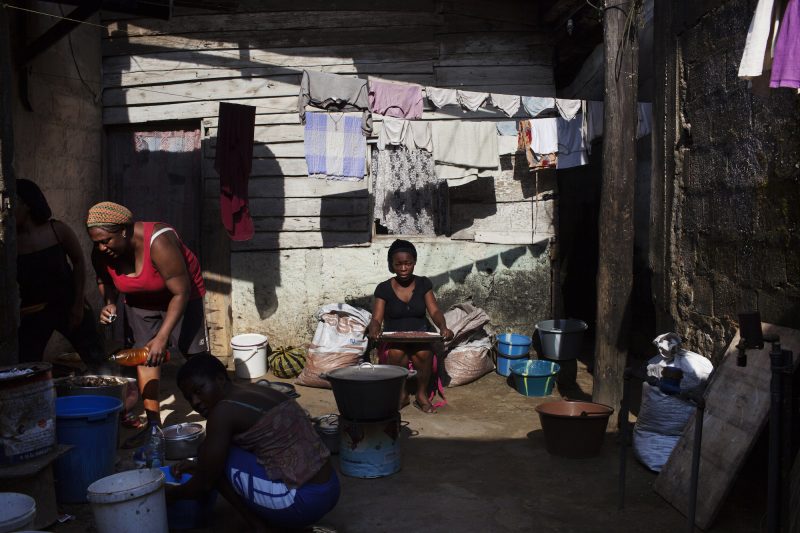
8. Harare, Zimbabwe — 42.6/100 points. The country's capital scored lowest of all of the least liveable cities in terms of healthcare, with just 20.8 points, but relatively high in terms of education at 66.7 points.
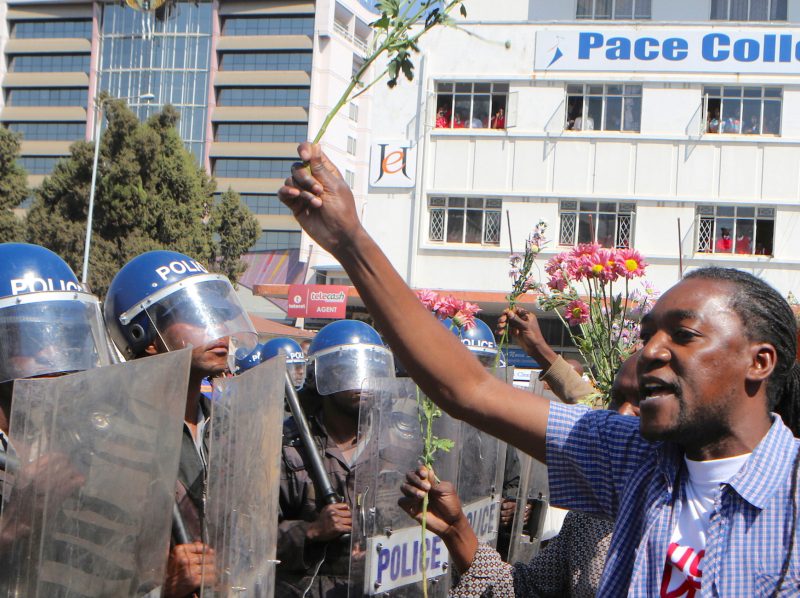
=7. Karachi, Pakistan — 40.9/100 points. Karachi scored just 20 points in terms of stability, but much higher in terms of education (66.7 points) and best in terms of infrastructure of the 10 least liveable cities (with 51.8 points).

=7. Algiers, Algeria — 40.9/100 points. The capital and largest city of Algeria, Algiers' worst score was for its infrastructure (30.4 points), while its best was for education (50 points).

5. Port Moresby, Papa New Guinea — 39.6/100 points. The city scored low in terms of stability (just 30 points), but earned a higher pointage for education (50 points), and culture & environment (47 points).
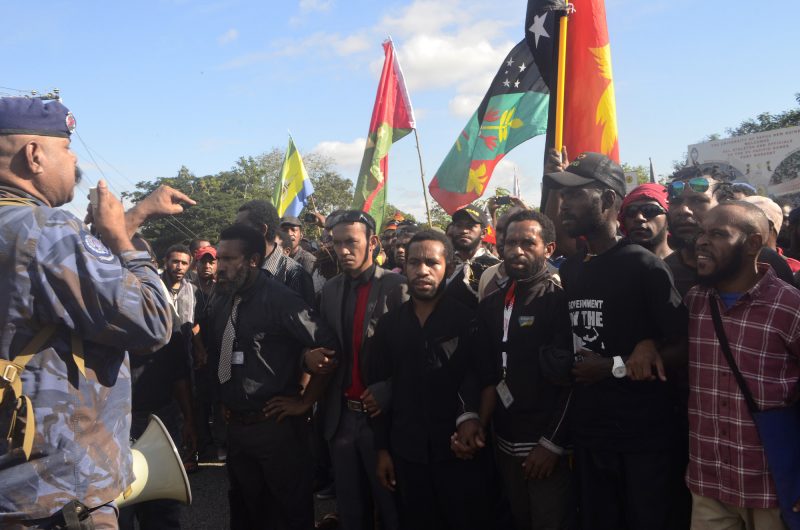
4. Dhaka, Bangladesh — 38.7/100 points. The capital city of Bangladesh scored just 26.8 points for infrastructure. However, it has the second highest pointage for stability of the 10 least liveable cities, with 50 points.
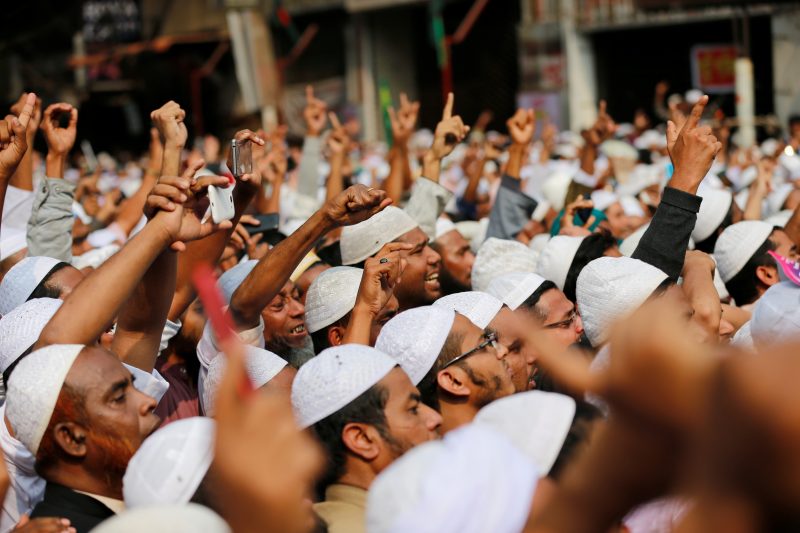
3. Tripoli, Libya — 36.6/100. Tripoli received a score of just 20 for stability, while it's best score was for infrastructure (50 points).

2. Lagos, Nigeria — 36/100 points. "Continued threat from groups such as Boko Haram acts as a constraint to improving stability in Lagos, Nigeria’s largest city," the report said. The city scored lowest in terms of stability, with just 10 points.
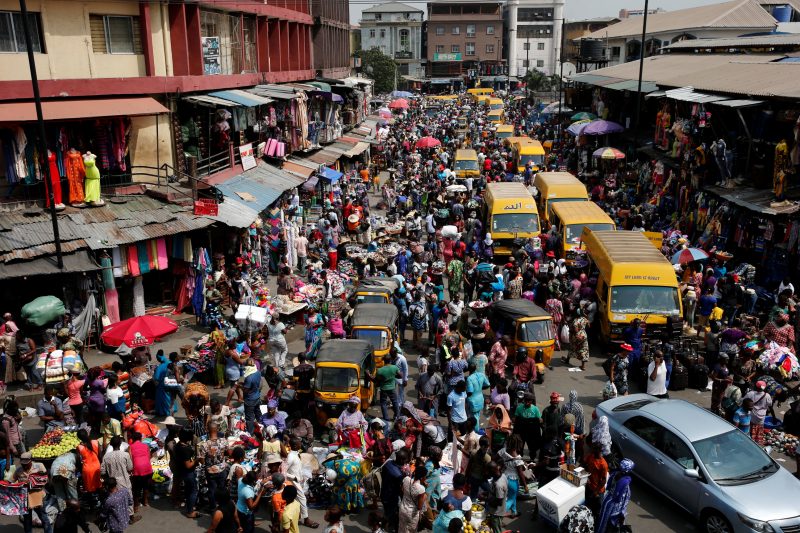
1. Damascus, Syria — 30.2/100 points. "Damascus has seen a stabilisation in its dramatic decline in liveability but remains ranked at the bottom of the 140 cities surveyed," the report said.
